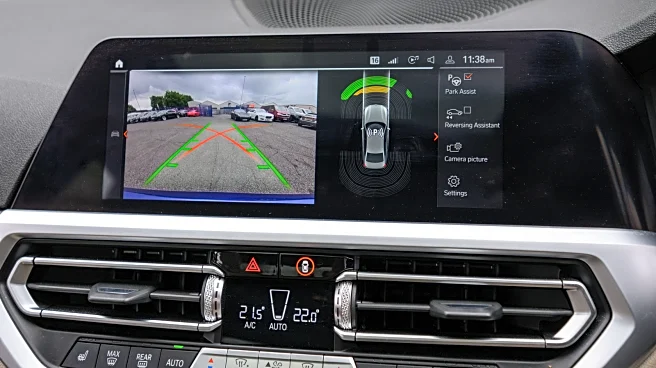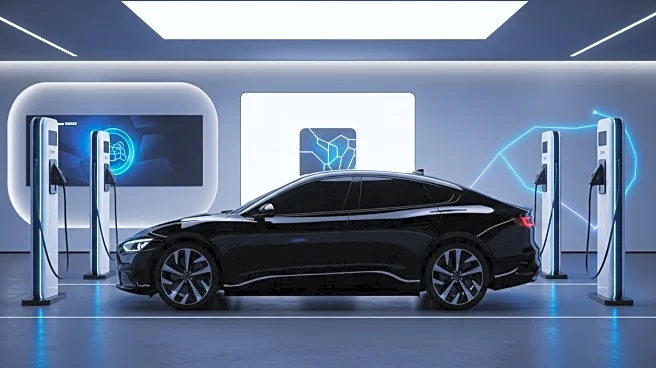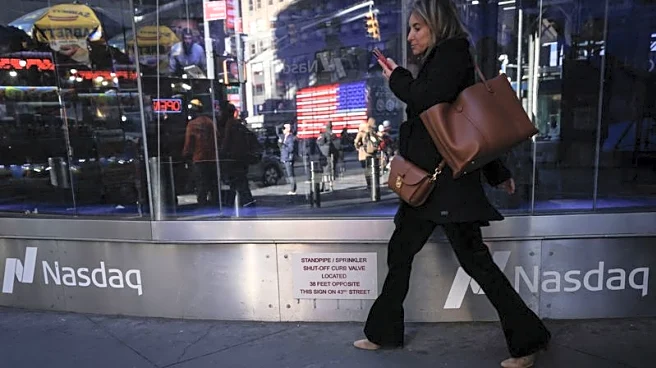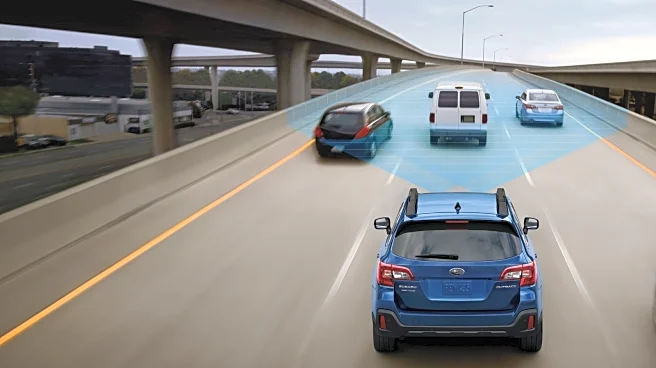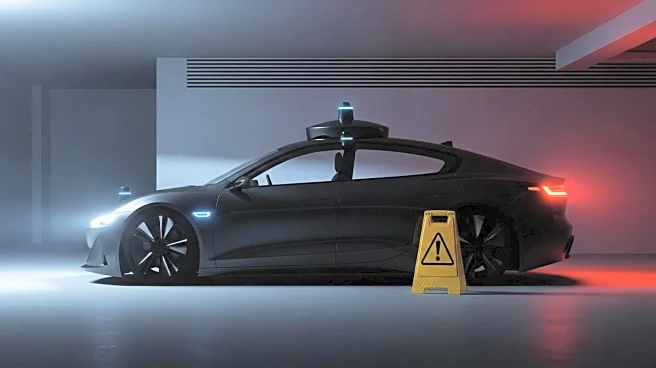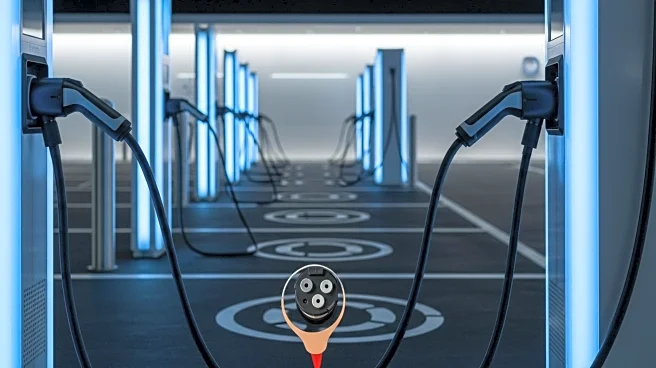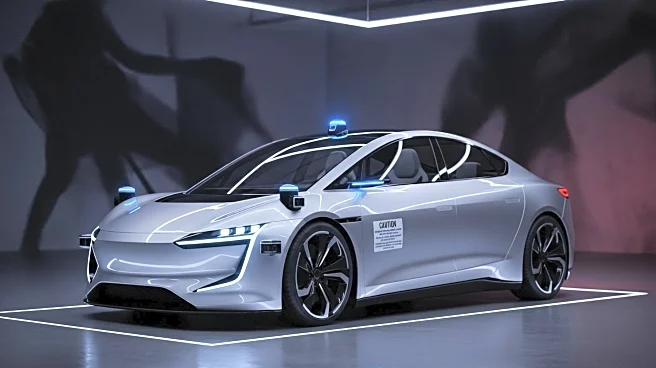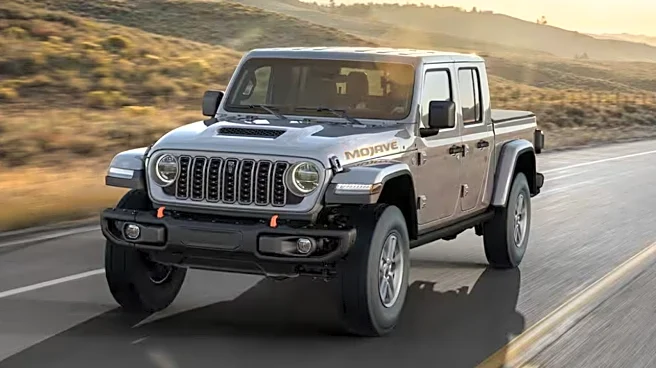
Advanced driving assistance systems (ADAS) are tech-based features to help drivers stay safer on the road, and they've been around for a surprisingly long time. The rearview camera, for instance, first appeared on the Buick Centurion concept car, a bubble-top beauty that debuted at GM's 1956 Autorama. It then would take until 1991 for a backup camera to be available in a mass-production vehicle, the JDM Toyota Soarer, and another 11 years before the first car in the U.S. offered the technology: the 2002
Infiniti Q45.
Fast forward to 2014, and National Highway Traffic Safety Administration (NHTSA) made rearview camera systems mandatory on nearly all light-duty vehicles sold in the U.S. beginning with the 2018 model year. Even before then, the Insurance Institute for Highway Safety (IIHS) data from 2017 showed that the rearview cameras already in service had reduced "backing crash involvement" by 17% overall and by 36% in drivers aged 70 and over. Yet automakers are somehow still struggling with the feature: Ford just recalled 1.1 million trucks for busted rearview cameras.
NHTSA raised the bar again in 2024 when it promulgated a new rule that covered automatic emergency braking (AEB). The short story is that AEB will be required on U.S. light-duty vehicles starting in the 2029 model year. Per NHTSA, it will help save 360 lives each year while preventing some 24,000 injuries annually. While rearview cameras and AEB are the only ADAS literally required by the government, those requirements are not the only reason for the growth of safety technology.
Read more: Cheap-Feeling, Underpowered, Or Just Ugly, These Cars Don't Justify Their Price
ADAS Is Needed For Crash Testing

It's also worth noting that NHTSA has found a way to make certain ADAS mandatory without having to go through the hassle of making them mandatory: It added testing for pedestrian AEB, lane-keeping assistance, blind-spot warning, and blind-spot intervention to its NCAP 5-Star Safety Ratings program. This way, cars can still be technically legal for sale in the United States without the features in question, since they aren't actually required, but they'll have a hard time finding customers, because they'll have lower safety ratings.
It's a similar story with the IIHS. A vehicle doesn't have to earn Top Safety Pick status to reach dealership lots, but it won't get that rating unless it has the ADAS necessary to meet the group's testing criteria for pedestrian front-crash prevention. This, in turn, will limit how many people put that vehicle on their shopping lists.
With that in mind, some folks think the rise of ADAS technology is being driven more by a need to look good in the eyes of the testing organizations than in response to customer demand. As the IIHS always seems to be ratcheting up its standards — like the new-for-2025 second-row crash testing — it causes prices of cars to go up. That's why famed designer Giorgetto Giugiaro said that "Safety today is a luxury," after his recent crash.
What ADAS Do Customers Really Want?

So what do customers want? AutoPacific recently analyzed that exact question as part of its Future Attribute Demand Study. One of the top answers, it turns out, is hands-free driving like that provided by GM's Super Cruise and Ford's BlueCruise. (AutoPacific didn't mention Tesla technology by name, perhaps because of Tesla running so-called "Full Self Driving"; it ran right past a stopped school bus and into a "kid" during testing.)
43% of those surveyed by AutoPacific wanted hands-free driving systems in their next vehicles, tying it for first place on the list of most-demanded features with another form of ADAS: reverse automatic braking. What's especially notable is that the AutoPacific study looked at demand for all features, not just safety tech, and those just-mentioned systems topped the entire list. Sunroofs were in second place, followed by driver profile settings.
In fact, nine of the 15 most-demanded features in the study represented ADAS, further including adaptive cruise control with stop and go (40%), lane-change assistance (39%), rear cross-traffic alert with rear auto braking (38%), emergency evasive steering assistance (37%), and large-animal detection (36%). True self-driving — not Tesla's version — also showed up twice, once combined with an option for driver control and once without. This might mean that there actually may be demand for way more than we thought.
Want more like this? Join the Jalopnik newsletter to get the latest auto news sent straight to your inbox...
Read the original article on Jalopnik.
